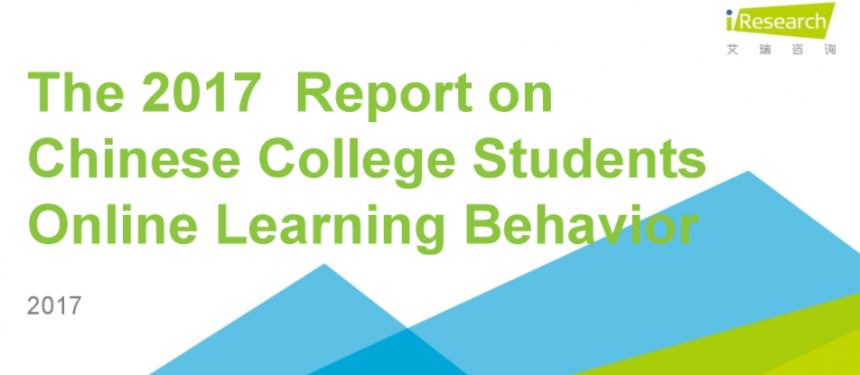The number of Chinese students undertaking part of their education online grew by double-digits for the seventh consecutive year, according to a co-study by Chinese business services provider iResearch and online education provider XuetangX. But while uptake has increased, it appears online-only will not replace traditional education anytime soon.
News and business analysis for Professionals in International Education
Have some pie!
Chinese online learners increase 20%
 Chinese online learners reached 110 million, according to a new report.
Chinese online learners reached 110 million, according to a new report. The study, which surveyed 1,440 students in China, found a significant increase in the uptake of online, with a 23.8% increase in 2016, followed by an anticipated 20.5% increase for 2017. These increases will bring total users to 100.1 million.
“In China, a large number of internet natives became the mainstay of online learning, making MOOCs a more and more popular way to learn,” XuetangX CEO Li Chao said.
“Due to the rapid pace of living and working in first-tier cities… MOOCs fits their needs well”
Speaking with The PIE News, Chao added that MOOCs 2.0, which incorporate blended offline and online learning, have been one of the most significant contributors to the increased usage of online courses for Chinese students, as they begin to look towards opportunities to supplement their education.
“The emergence of MOOC make Chinese learners accessible to lectures of masters such as Noble Prize winners and psychology professors from Harvard while sitting at home,” he said.
“This is a win-win process.”
Chao added that he anticipated these types of user habits would benefit overseas providers, as they increase market awareness and potentially access new student enrolment sources.
“XuetangX has always been open-minded and invites prestigious colleges and universities in the world to work together and bring more certificates and degree programs into China, as a way to incentive the best Chinese students to study in top universities overseas.”
While the survey found a significant increase in the number of learners overall, the majority (55.4%) were from Tier 1 or emerging Tier 2 cities – cities with high-density urban populations – and a fifth overall were from Beijing.
“Learners in Tier 1 cities are already familiar with the internet due to the advantages of urban facilities and thus are not strangers to MOOCs,” Chao explained.
“This is a win-win”
“Due to the rapid pace of living and working in first-tier cities, learners need to continuously update themselves with more knowledge, MOOCs fits their needs well.”
Chao added that the increased uptake also meant top universities around the world have better metrics to understand how users interact with MOOCs and improve their own enrolments.
China represents the world’s single most significant source of international students, with over 800,000 tertiary level students abroad last year, according to UNESCO.
Still looking? Find by category:


